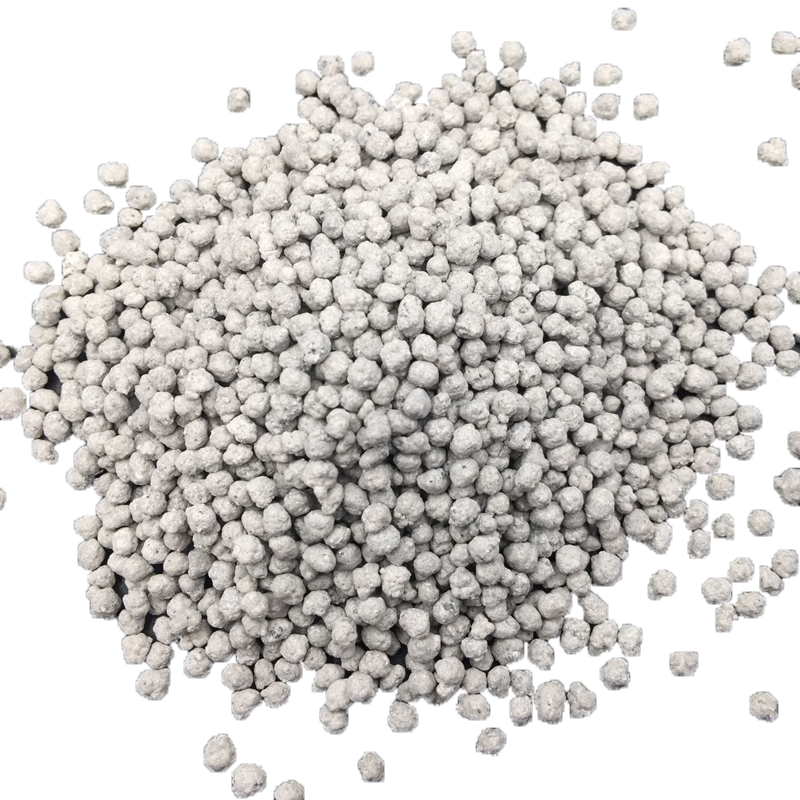
Oct . 22, 2024 09:29 Back to list
Top Suppliers of the Best Non-Organic Fertilizers for Growing Garlic Effectively
The Best Non-Organic Fertilizers for Garlic A Guide for Suppliers
Garlic (Allium sativum) has been a staple in kitchens worldwide not only for its distinct flavor but also for its numerous health benefits. As the demand for fresh, organic produce continues to rise, understanding the best non-organic fertilizers for garlic cultivation has become essential for both growers and suppliers. This article outlines various non-organic fertilizers that can enhance garlic growth while ensuring high-quality yields.
Importance of Fertilizers in Garlic Cultivation
Garlic is a nutrient-demanding crop that thrives in enriched soil. While organic fertilizers play a significant role in sustainable agriculture, non-organic fertilizers offer immediate nutrient availability, promoting vigorous plant growth and development. For garlic to flourish, it needs nitrogen (N), phosphorus (P), and potassium (K) in balanced proportions, making the choice of fertilizer critical.
Best Non-Organic Fertilizers for Garlic
1. Urea (46-0-0) Urea is one of the highest nitrogen-content fertilizers available. Its high nitrogen composition helps in promoting leafy growth, which is essential during the early stages of garlic development. The application of urea should be done carefully, as excess nitrogen can lead to excessive foliage while inhibiting bulb formation. The recommended rate is about 100-200 pounds per acre, depending on soil fertility.
2. Monoammonium Phosphate (MAP) (11-52-0) For phosphorus, which is crucial for root development and bulb formation, Monoammonium Phosphate is an excellent choice. Phosphorus is particularly important during the planting phase, as it encourages strong root systems. Applying MAP at a rate of 200-300 pounds per acre during planting can significantly enhance the growth of healthy garlic bulbs.
3. Potassium Sulfate (0-0-50) Potassium is vital for overall plant health and can enhance the flavor and storage life of garlic. Potassium Sulfate not only provides potassium but also adds sulfur, which is beneficial for garlic crops. A recommended application rate is around 100-200 pounds per acre during the growing season to boost bulb development.
best non organic fertilizer for garlic suppliers

4. Calcium Nitrate (15.5-0-0) Calcium Nitrate serves two purposes providing both calcium and nitrogen. Calcium is critical for maintaining cell structure, while nitrogen boosts growth. This fertilizer is particularly useful during the rapid growth phases of garlic. Application rates of around 200-300 pounds per acre can help meet the plants’ needs in terms of nutrients.
5. Magnesium Sulfate (Epsom Salt) (0-0-0-10) Magnesium is an essential nutrient that plays a critical role in photosynthesis and enzyme function. Epsom salt can be applied either as a foliar spray or through the soil at a rate of 50-100 pounds per acre. This helps in producing a higher quality garlic yield and enhances flavor.
Application Techniques
When applying non-organic fertilizers, timing and technique are paramount. Soil testing prior to fertilization is essential to tailor nutrient applications to the specific needs of the garlic crop. Split applications, where fertilizers are added at different growth stages, can also optimize nutrient uptake.
Moreover, incorporating fertilizers into the soil before planting or using side-dressing methods during growth can help reduce nutrient leaching and ensure that garlic plants receive consistent nourishment.
Conclusion
Understanding the essential nutrients required for garlic and the various non-organic fertilizers that can provide them is crucial for suppliers aiming to improve crop yield and quality. By selecting the appropriate fertilizers and applying them correctly, suppliers can ensure robust garlic production. As the agricultural landscape evolves, balancing the use of non-organic fertilizers with sustainable practices will remain a key consideration for garlic growers worldwide.
-
Premium Organic Manure Compost for Eco Gardens
NewsAug.01,2025
-
Organic 10-10-10 Fertilizer | Balanced Plant Nutrients
NewsJul.31,2025
-
Premium Amino Acid Fertilizer | Rapid Plant Growth Booster
NewsJul.31,2025
-
10 10 10 Fertilizer Organic—Balanced NPK for All Plants
NewsJul.30,2025
-
Premium 10 10 10 Fertilizer Organic for Balanced Plant Growth
NewsJul.29,2025
-
Premium 10 10 10 Fertilizer Organic for Balanced Plant Growth
NewsJul.29,2025
